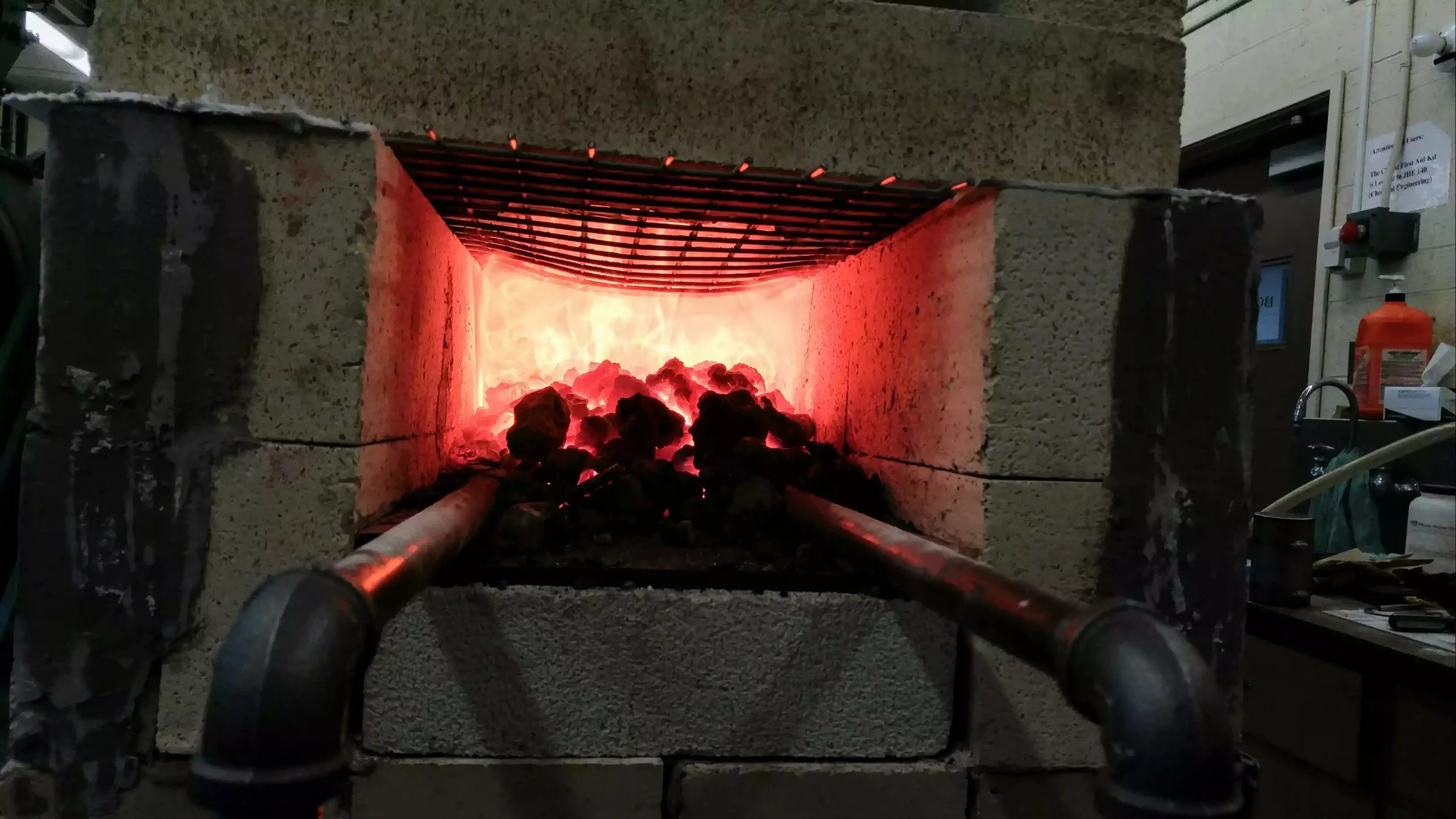Characterizing a Meteorite Older than Earth
Ever since I was little I have been fascinated by space. I loved the planets and asteroids and moons and comets and all of the shiny things you can see with telescopes.
I have always wanted a piece of space. So after 24 years, here I am. I found a meteorite seller through Reddit - the guys website is the Meteorite Market. He has a fantastic collection.
I bought a small (< 1 g) piece of the infamous Fukang meteorite. A stony-iron pallasite meteorite. The meteorite was discovered in Fukang, China in 2001. One of the leading theories into how this 4.5 billion year old meteorite was formed involved a violent celestial collision.
A large iron-nickel meteor struck a rocky planetoid. The resulting collision caused both the meteor and planetoid to be destroyed. The interface between these two objects caused intense heat and pressure and fused rock and metal together. A larger cross-section can be found in the picture below, note that mine is significantly smaller :)
Image taken from here: http://twistedsifter.com/2013/04/billions-year-old-fukang-meteorite/
You can see that there are two main phases. A Fe-Ni matrix, and large olivine crystals embedded inside. Below is my piece.
After receiving the meteorite I noticed it was not polished, only grinded down. Well good thing for me my Bachelors was in Materials Science & Engineering. Too many hours of labtime was devoted to grinding, polishing and etching metals. I have never done any materials like this before however. I asked our department lab tech Doug Culley at McMaster University for advice on how to polish the meteorite sample. I used 3 micron, 1 micron and 0.5 micron diamond suspensions on a polishing cloth and I went to town. The whole procedure maybe took about half an hour. I then put around a few drops of 1.5 % Nital (nitric acid in ethanol) on the sample's surface and let it etch for under 5 seconds before rinsing it off. I used Nital per recommendation from George Vander Voort's website here.
What I was left with was stunning. I was not able to polish the corners properly, its quite hard holding such a little sample. I did not want to mount my sample in Bakelite or epoxy, maybe I should have to be honest.
Below are some close-ups of interesting and beautiful features of the meteorite.
Bright field image taken before etching. Notice the grain boundary is already visible even before Nital!












